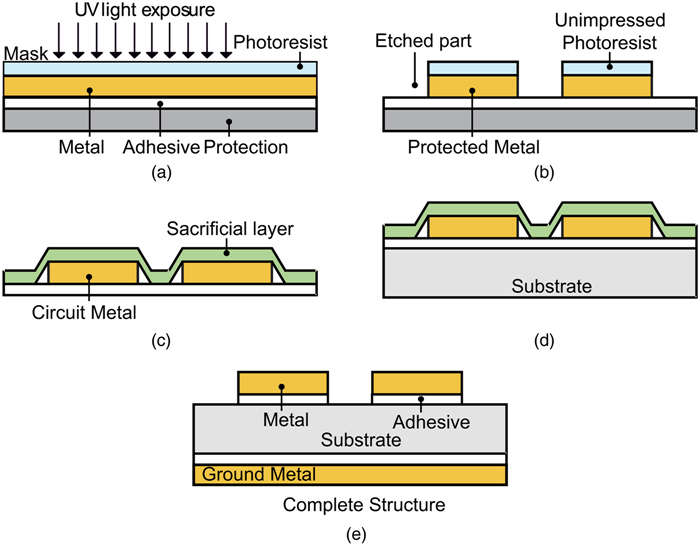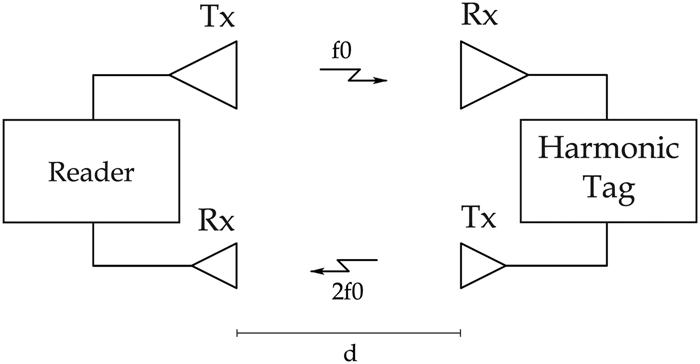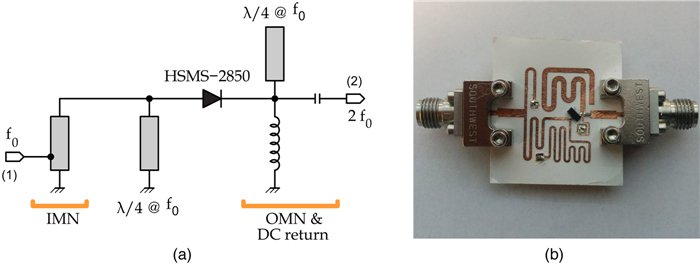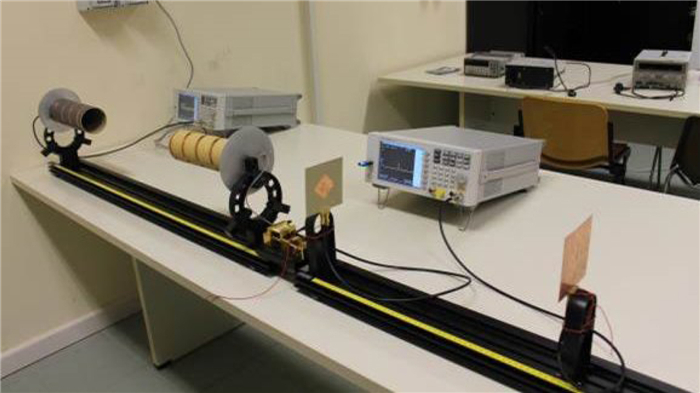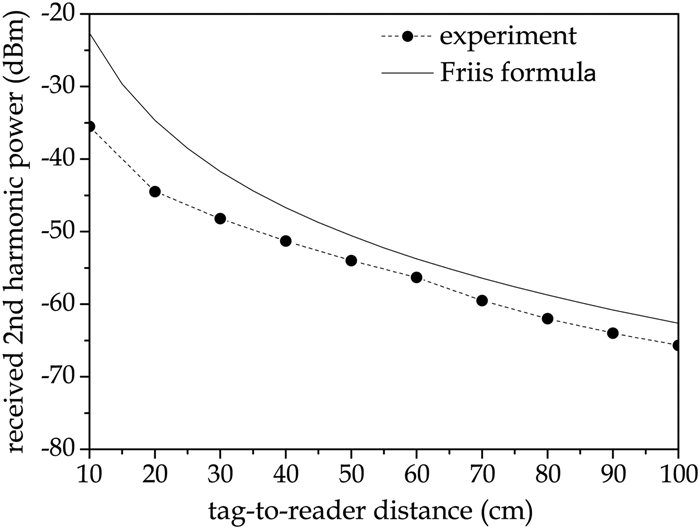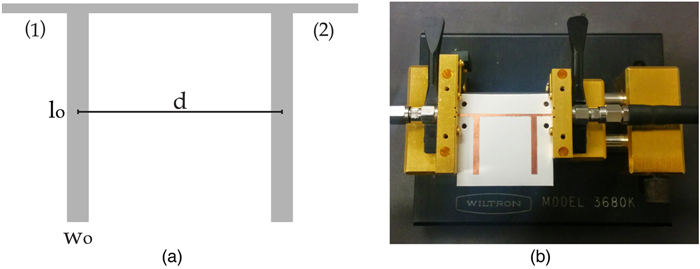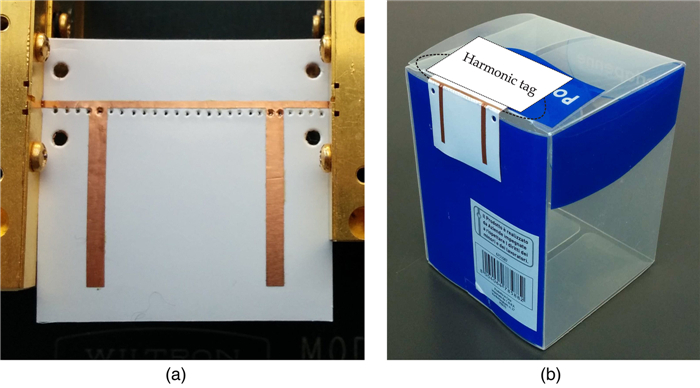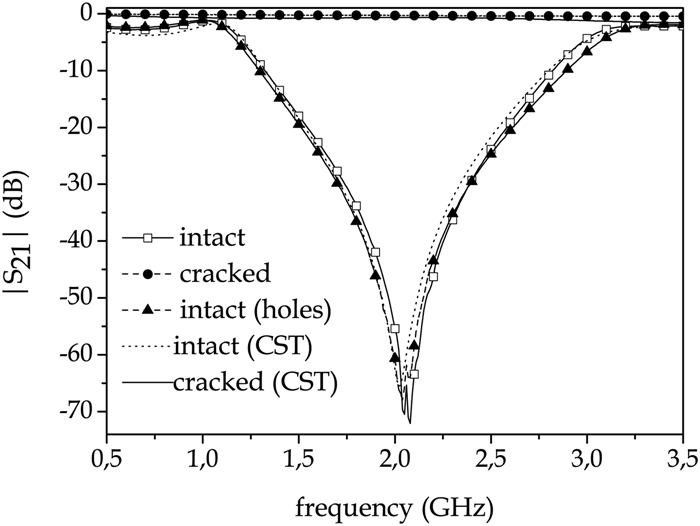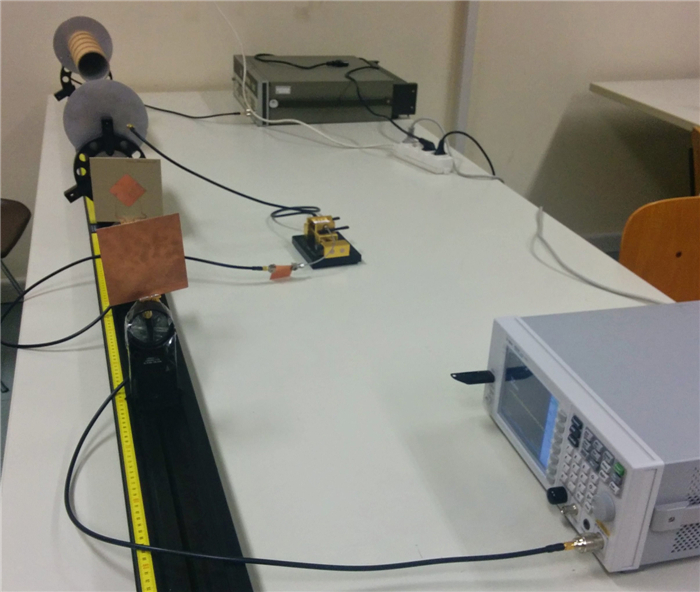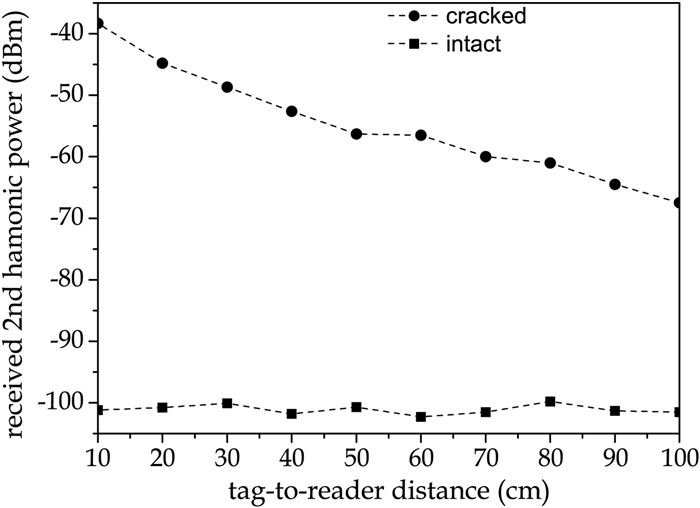Demonstration of a chipless harmonic tag working as crack sensor for electronic sealing applications
-
Department of Engineering, University of Perugia, via G. Duranti 93, 06125, Perugia, Italy. phone: +39 075 585 3925
More Information
-
Author Bio:
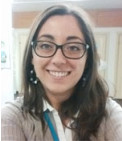 Valentina Palazzi
Valentina Palazzi was born in Spoleto, Italy, in 1989. She received her M. S. degree in Electronic Engineering (magna cum laude) from the University of Perugia, Italy, in February 2014, where she is currently attending the Ph. D. program in Industrial and Information Engineering with the High Frequency Electronics (HFE) Lab. In the summer 2015 she was Visiting Ph.D. Student at Tyndall National Institute, Ireland. Her research interests concern the design of chipless RFID with sensing capabilities, radar front-ends, wireless power transfer technologies, and green electronics.
 Chiara Mariotti
Chiara Mariotti was born in Assisi (Italy) in 1987. She received her Laurea degree (magna cum laude) in Electronic and Telecommunication Engineering from the University of Perugia (Italy) in November 2011. In spring 2012, she joined the ATHENA Research Group (Georgia Institute of Technology, Atlanta, USA) for 6 months, working on ecocompatible indoor localization systems and other types of sensors fabricated by means of inkjet printing technology. In 2013, she started the Ph. D. with the High Frequency Electronics (HFE) Lab at the University of Perugia working on green technologies for passive and energetically autonomous RFID tags. At the end of 2013, she joined again for 6 months the ATHENA Research Group to work on multi-layers inkjet printed systems and devices such as passives and microfluidics sensors.
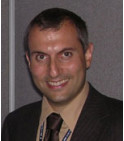 Federico Alimenti
Federico Alimenti received his Laurea and his Ph. D. degrees from the University of Perugia, Italy, in 1993 and 1997, respectively, both in Electronic Engineering. In 1996, he was a recipient of the URSI Young Scientist Award and Visiting Scientist at the Technical University of Munich, Germany. Since 2001, he has been with the Department of Engineering at the University of Perugia teaching the class of Microwave Electronic. Between 2011 and 2014 he was the scientific coordinator of the ENIAC ARTEMOS project. In 2013, he was the recipient of the IET Premium (Best Paper) Award and the TPC Chair of the IEEE Wireless Power Transfer Conference. In the summer 2014, he was Visiting Professor at EPFL, Switzerland. His interests are about microwave circuit design. He has authored a European Patent and more than 150 papers in journals and conferences. Federico Alimenti (H-index equal to 11, Scopus) is Senior IEEE Member.
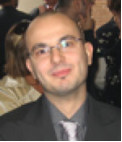 Marco Virili
Marco Virili was born in Terni, Italy, in 1983. He received his Master of Science in Electronic Engineering from the University of Perugia, Italy, in 2009. Since 2010, he has been with the Department of Engineering (DI), University of Perugia, as an RF designer. In 2011, he started the Ph. D. course in Information Engineering with the High Frequency Electronics (HFE) of the same university. In 2013, he spent 1 month in the Department of Information Technology (INTEC) of Ghent University, Belgium, with the COST Short Term Scientific Mission (STSM), working on wearable electronic. In 2014, he joined the Centre Tecnològic de Telecomunicacions de Catalunya (CTTC), Spain, as Ph. D. visiting student for 6 months working on microwave devices for WPT and EH. Since 2014, he has been an IEEE Student Member.
 Giulia Orecchini
Giulia Orecchini received her Laurea degree in Electronic Engineering from the University of Perugia, Italy, in 2008 and her Ph. D. degree in Electronic and Information Engineering from the same University, in 2012. During her Ph. D. studies she joined the ATHENA Research Group, Georgia Institute of Technology, Atlanta. Her research interests concern the development of RFID electronic systems and technologies. She is currently working as a research assistant at the University of Perugia.
 Paolo Mezzanotte
Paolo Mezzanotte was born in Perugia, Italy, in 1965. He received his Ph. D. degree from the University of Perugia, Italy, in 1997. Since January 2007, he is an Associate Professor with the same University, teaching the classes of Radiofrequency Engineering. His research activities concern numerical methods and CAD techniques for passive microwave structures and the analysis and design of microwave and millimeter-wave circuits. More recently his research interests were mainly focused on the study of advanced technologies such as LTCC, RF-MEMS, and microwave circuits printed on green substrates. These research activities are testified by more than 100 publications in the most important specialized journals and at the main conferences of the microwave scientific community. The present H-index of Paolo Mezzanotte (ISI journals) is equal to 13.
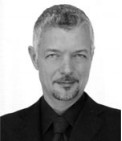 Luca Roselli
Luca Roselli (M92 SM01), MG in 1988. In 1991 he joined the University of Perugia, where he is presently teaching Applied Electronics and coordinating the HFE-Lab as an Associate Professor. In 2000, he founded the spin-off WiS Srl. Since 2008–2012, he had been the member of the BoD of ARTsrl. He organized the Ⅶ CEM-TD-2007 and the first IEEE-WPTC-2013. He is member: of the list of experts of Italian Ministry of Research, of the IEEE Technical Committees MTT-24 (past chair), -25 and -26; of the ERC Panel PE7, of the AC of IEEE-WPTC and chairman of the SC-32 of IMS. He is involved in the boards of several International Conferences and he is reviewer for many international reviews (including IEEE-Proceedings, -MTT and -MWCL). His research interest is HF electronic systems, with special attention to RFID-NFC, new materials and WPT. He published more than 220 contributions (HFi 21, about 1700 citations – Scholar)
-
Corresponding author:
V. Palazzi Email: valentina.palazzi@studenti.unipg.it
-
Abstract
This work proposes a chipless radio frequency identification approach based on the working principle of the harmonic radar. A frequency multiplication stage is performed by a non-linearity (i.e. a Shottky diode) on the tag in order for the tag answer to be insulated from the interrogation signal, thus avoiding the need for clutter cancellation techniques. Firstly, the performance of a simple one-bit harmonic tag relying on a low-power frequency doubler is analyzed and then a novel crack sensor, implemented by adding a disposable band-stop filter, is presented. Both solutions demonstrate tag-to-reader operational distances beyond 1 m. The characterizing blocks (namely the frequency doubler and the filter) are fabricated on cellulose substrates (i.e. regular photographic paper), thus being conformal to their implementation for applications in the new paradigm of Internet of Things.
-
About this article
Cite this article
Palazzi V, Mariotti C, Alimenti F, Virili M, Orecchini G, et al. 2015. Demonstration of a chipless harmonic tag working as crack sensor for electronic sealing applications. Wireless Power Transfer 2(2): 78–85 doi: 10.1017/wpt.2015.11
|
Palazzi V, Mariotti C, Alimenti F, Virili M, Orecchini G, et al. 2015. Demonstration of a chipless harmonic tag working as crack sensor for electronic sealing applications. Wireless Power Transfer 2(2): 78–85 doi: 10.1017/wpt.2015.11
|









 Valentina Palazzi was born in Spoleto, Italy, in 1989. She received her M. S. degree in Electronic Engineering (magna cum laude) from the University of Perugia, Italy, in February 2014, where she is currently attending the Ph. D. program in Industrial and Information Engineering with the High Frequency Electronics (HFE) Lab. In the summer 2015 she was Visiting Ph.D. Student at Tyndall National Institute, Ireland. Her research interests concern the design of chipless RFID with sensing capabilities, radar front-ends, wireless power transfer technologies, and green electronics.
Valentina Palazzi was born in Spoleto, Italy, in 1989. She received her M. S. degree in Electronic Engineering (magna cum laude) from the University of Perugia, Italy, in February 2014, where she is currently attending the Ph. D. program in Industrial and Information Engineering with the High Frequency Electronics (HFE) Lab. In the summer 2015 she was Visiting Ph.D. Student at Tyndall National Institute, Ireland. Her research interests concern the design of chipless RFID with sensing capabilities, radar front-ends, wireless power transfer technologies, and green electronics.  Chiara Mariotti was born in Assisi (Italy) in 1987. She received her Laurea degree (magna cum laude) in Electronic and Telecommunication Engineering from the University of Perugia (Italy) in November 2011. In spring 2012, she joined the ATHENA Research Group (Georgia Institute of Technology, Atlanta, USA) for 6 months, working on ecocompatible indoor localization systems and other types of sensors fabricated by means of inkjet printing technology. In 2013, she started the Ph. D. with the High Frequency Electronics (HFE) Lab at the University of Perugia working on green technologies for passive and energetically autonomous RFID tags. At the end of 2013, she joined again for 6 months the ATHENA Research Group to work on multi-layers inkjet printed systems and devices such as passives and microfluidics sensors.
Chiara Mariotti was born in Assisi (Italy) in 1987. She received her Laurea degree (magna cum laude) in Electronic and Telecommunication Engineering from the University of Perugia (Italy) in November 2011. In spring 2012, she joined the ATHENA Research Group (Georgia Institute of Technology, Atlanta, USA) for 6 months, working on ecocompatible indoor localization systems and other types of sensors fabricated by means of inkjet printing technology. In 2013, she started the Ph. D. with the High Frequency Electronics (HFE) Lab at the University of Perugia working on green technologies for passive and energetically autonomous RFID tags. At the end of 2013, she joined again for 6 months the ATHENA Research Group to work on multi-layers inkjet printed systems and devices such as passives and microfluidics sensors.  Federico Alimenti received his Laurea and his Ph. D. degrees from the University of Perugia, Italy, in 1993 and 1997, respectively, both in Electronic Engineering. In 1996, he was a recipient of the URSI Young Scientist Award and Visiting Scientist at the Technical University of Munich, Germany. Since 2001, he has been with the Department of Engineering at the University of Perugia teaching the class of Microwave Electronic. Between 2011 and 2014 he was the scientific coordinator of the ENIAC ARTEMOS project. In 2013, he was the recipient of the IET Premium (Best Paper) Award and the TPC Chair of the IEEE Wireless Power Transfer Conference. In the summer 2014, he was Visiting Professor at EPFL, Switzerland. His interests are about microwave circuit design. He has authored a European Patent and more than 150 papers in journals and conferences. Federico Alimenti (H-index equal to 11, Scopus) is Senior IEEE Member.
Federico Alimenti received his Laurea and his Ph. D. degrees from the University of Perugia, Italy, in 1993 and 1997, respectively, both in Electronic Engineering. In 1996, he was a recipient of the URSI Young Scientist Award and Visiting Scientist at the Technical University of Munich, Germany. Since 2001, he has been with the Department of Engineering at the University of Perugia teaching the class of Microwave Electronic. Between 2011 and 2014 he was the scientific coordinator of the ENIAC ARTEMOS project. In 2013, he was the recipient of the IET Premium (Best Paper) Award and the TPC Chair of the IEEE Wireless Power Transfer Conference. In the summer 2014, he was Visiting Professor at EPFL, Switzerland. His interests are about microwave circuit design. He has authored a European Patent and more than 150 papers in journals and conferences. Federico Alimenti (H-index equal to 11, Scopus) is Senior IEEE Member.  Marco Virili was born in Terni, Italy, in 1983. He received his Master of Science in Electronic Engineering from the University of Perugia, Italy, in 2009. Since 2010, he has been with the Department of Engineering (DI), University of Perugia, as an RF designer. In 2011, he started the Ph. D. course in Information Engineering with the High Frequency Electronics (HFE) of the same university. In 2013, he spent 1 month in the Department of Information Technology (INTEC) of Ghent University, Belgium, with the COST Short Term Scientific Mission (STSM), working on wearable electronic. In 2014, he joined the Centre Tecnològic de Telecomunicacions de Catalunya (CTTC), Spain, as Ph. D. visiting student for 6 months working on microwave devices for WPT and EH. Since 2014, he has been an IEEE Student Member.
Marco Virili was born in Terni, Italy, in 1983. He received his Master of Science in Electronic Engineering from the University of Perugia, Italy, in 2009. Since 2010, he has been with the Department of Engineering (DI), University of Perugia, as an RF designer. In 2011, he started the Ph. D. course in Information Engineering with the High Frequency Electronics (HFE) of the same university. In 2013, he spent 1 month in the Department of Information Technology (INTEC) of Ghent University, Belgium, with the COST Short Term Scientific Mission (STSM), working on wearable electronic. In 2014, he joined the Centre Tecnològic de Telecomunicacions de Catalunya (CTTC), Spain, as Ph. D. visiting student for 6 months working on microwave devices for WPT and EH. Since 2014, he has been an IEEE Student Member.  Giulia Orecchini received her Laurea degree in Electronic Engineering from the University of Perugia, Italy, in 2008 and her Ph. D. degree in Electronic and Information Engineering from the same University, in 2012. During her Ph. D. studies she joined the ATHENA Research Group, Georgia Institute of Technology, Atlanta. Her research interests concern the development of RFID electronic systems and technologies. She is currently working as a research assistant at the University of Perugia.
Giulia Orecchini received her Laurea degree in Electronic Engineering from the University of Perugia, Italy, in 2008 and her Ph. D. degree in Electronic and Information Engineering from the same University, in 2012. During her Ph. D. studies she joined the ATHENA Research Group, Georgia Institute of Technology, Atlanta. Her research interests concern the development of RFID electronic systems and technologies. She is currently working as a research assistant at the University of Perugia.  Paolo Mezzanotte was born in Perugia, Italy, in 1965. He received his Ph. D. degree from the University of Perugia, Italy, in 1997. Since January 2007, he is an Associate Professor with the same University, teaching the classes of Radiofrequency Engineering. His research activities concern numerical methods and CAD techniques for passive microwave structures and the analysis and design of microwave and millimeter-wave circuits. More recently his research interests were mainly focused on the study of advanced technologies such as LTCC, RF-MEMS, and microwave circuits printed on green substrates. These research activities are testified by more than 100 publications in the most important specialized journals and at the main conferences of the microwave scientific community. The present H-index of Paolo Mezzanotte (ISI journals) is equal to 13.
Paolo Mezzanotte was born in Perugia, Italy, in 1965. He received his Ph. D. degree from the University of Perugia, Italy, in 1997. Since January 2007, he is an Associate Professor with the same University, teaching the classes of Radiofrequency Engineering. His research activities concern numerical methods and CAD techniques for passive microwave structures and the analysis and design of microwave and millimeter-wave circuits. More recently his research interests were mainly focused on the study of advanced technologies such as LTCC, RF-MEMS, and microwave circuits printed on green substrates. These research activities are testified by more than 100 publications in the most important specialized journals and at the main conferences of the microwave scientific community. The present H-index of Paolo Mezzanotte (ISI journals) is equal to 13.  Luca Roselli (M92 SM01), MG in 1988. In 1991 he joined the University of Perugia, where he is presently teaching Applied Electronics and coordinating the HFE-Lab as an Associate Professor. In 2000, he founded the spin-off WiS Srl. Since 2008–2012, he had been the member of the BoD of ARTsrl. He organized the Ⅶ CEM-TD-2007 and the first IEEE-WPTC-2013. He is member: of the list of experts of Italian Ministry of Research, of the IEEE Technical Committees MTT-24 (past chair), -25 and -26; of the ERC Panel PE7, of the AC of IEEE-WPTC and chairman of the SC-32 of IMS. He is involved in the boards of several International Conferences and he is reviewer for many international reviews (including IEEE-Proceedings, -MTT and -MWCL). His research interest is HF electronic systems, with special attention to RFID-NFC, new materials and WPT. He published more than 220 contributions (HFi 21, about 1700 citations – Scholar)
Luca Roselli (M92 SM01), MG in 1988. In 1991 he joined the University of Perugia, where he is presently teaching Applied Electronics and coordinating the HFE-Lab as an Associate Professor. In 2000, he founded the spin-off WiS Srl. Since 2008–2012, he had been the member of the BoD of ARTsrl. He organized the Ⅶ CEM-TD-2007 and the first IEEE-WPTC-2013. He is member: of the list of experts of Italian Ministry of Research, of the IEEE Technical Committees MTT-24 (past chair), -25 and -26; of the ERC Panel PE7, of the AC of IEEE-WPTC and chairman of the SC-32 of IMS. He is involved in the boards of several International Conferences and he is reviewer for many international reviews (including IEEE-Proceedings, -MTT and -MWCL). His research interest is HF electronic systems, with special attention to RFID-NFC, new materials and WPT. He published more than 220 contributions (HFi 21, about 1700 citations – Scholar) 


